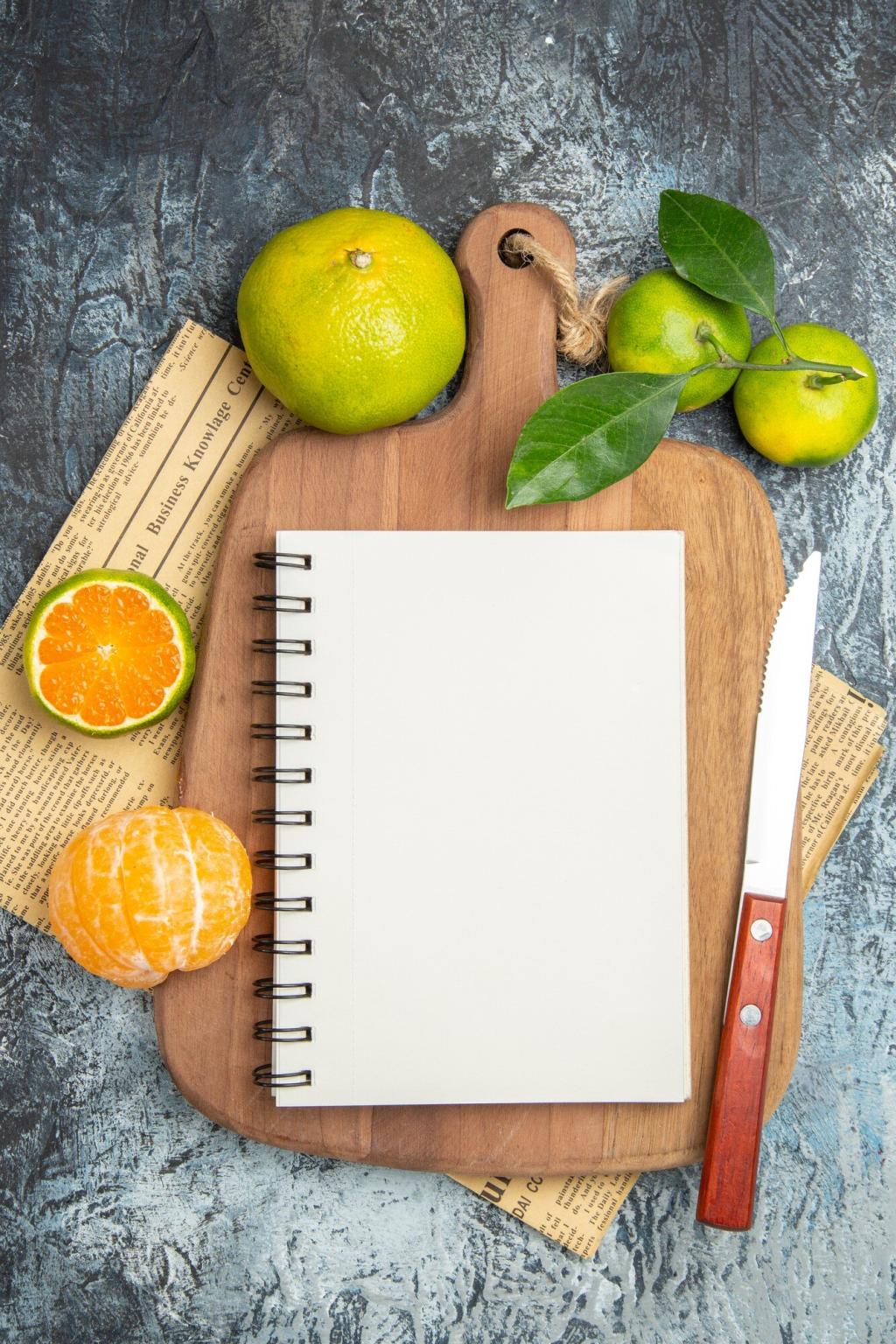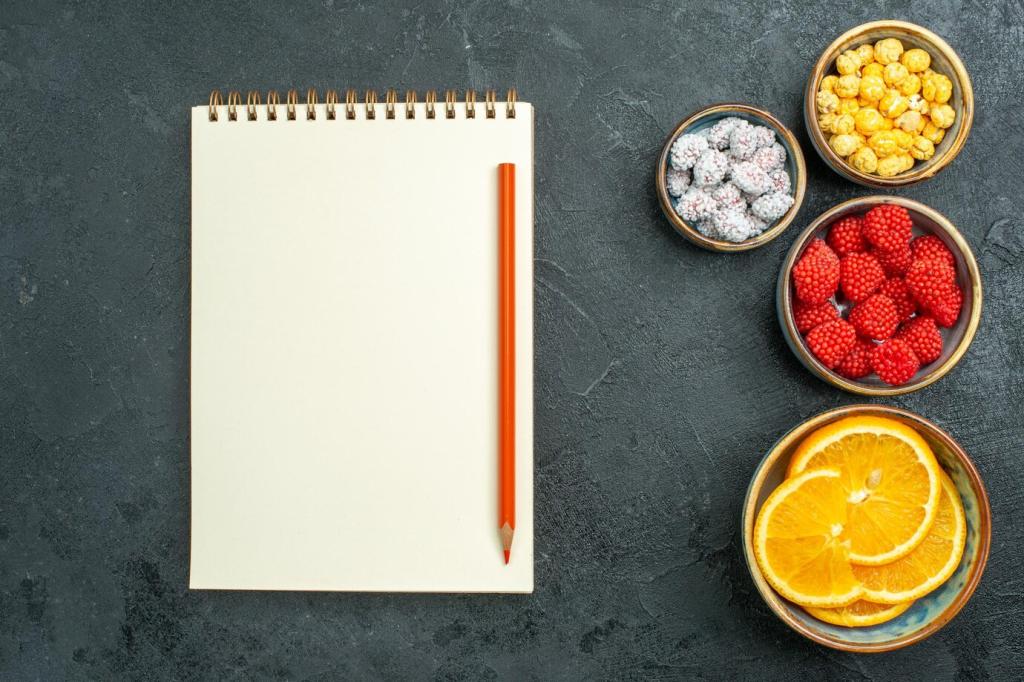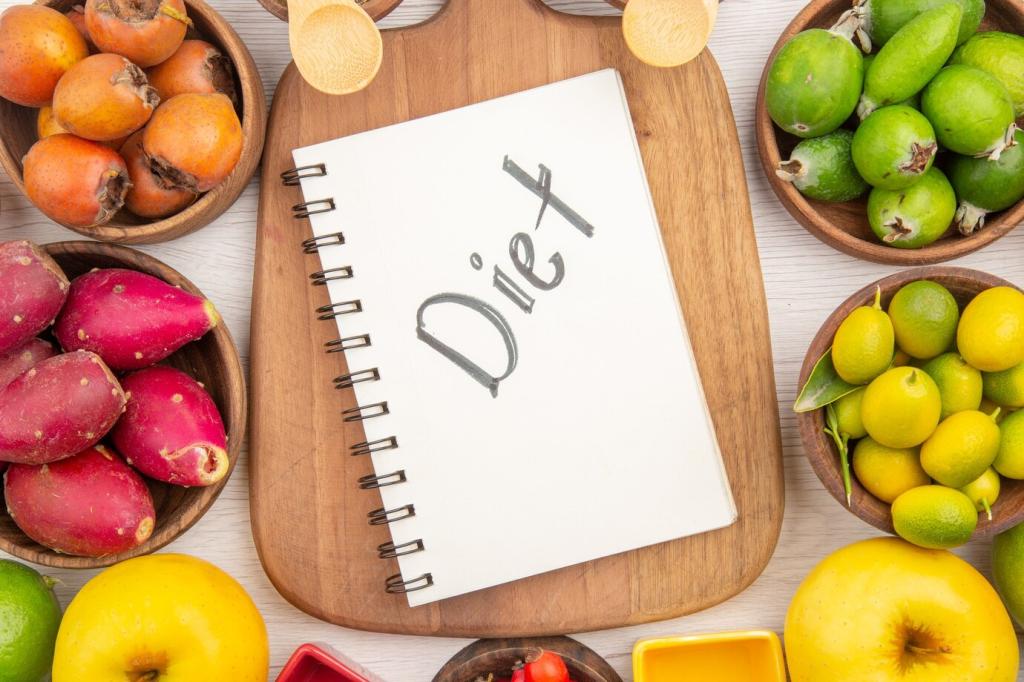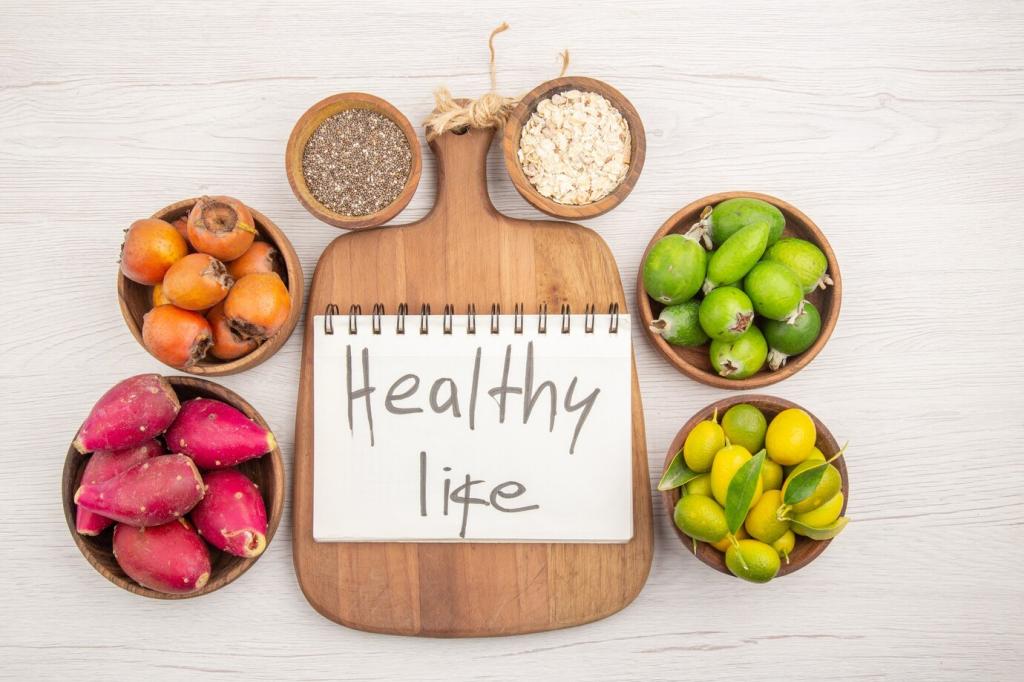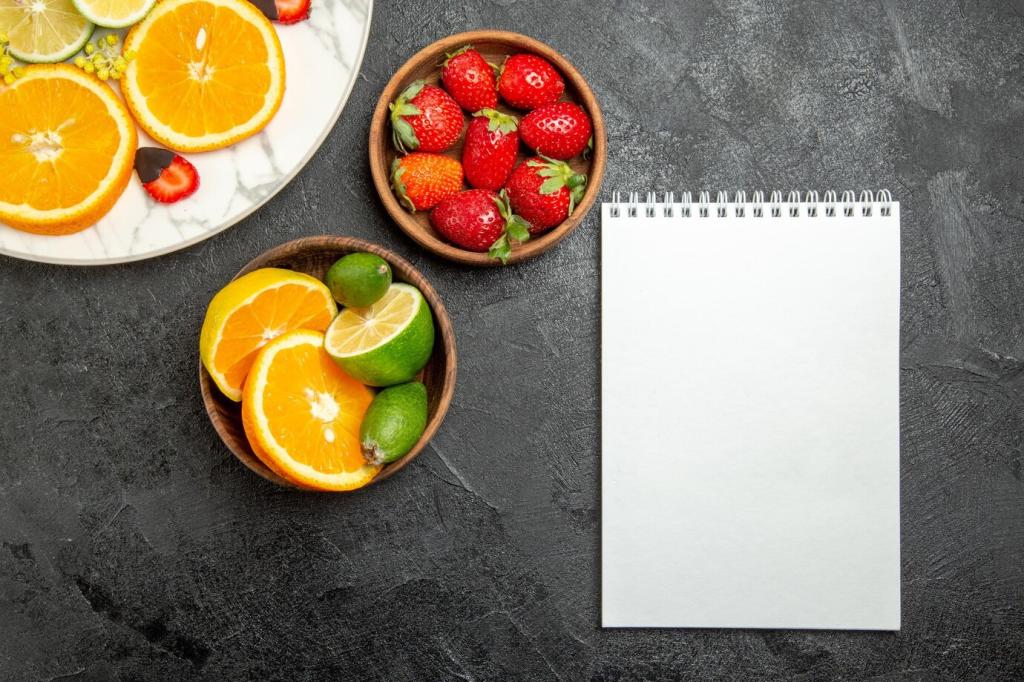Why Hydration Fuels Endurance: The Core Science
As sweat drains fluid, plasma volume drops, heart rate rises, and oxygen delivery suffers. The same pace suddenly feels harder. Maintaining blood volume with steady drinking preserves cardiac output, stabilizes temperature, and delays that dreaded fade in the latter stages.
Why Hydration Fuels Endurance: The Core Science
Sodium helps retain fluid and supports nerve impulses that tell muscles to fire cleanly and consistently. When sodium dips, cramps, clumsy footwork, and mental fog creep in. Smart endurance athletes plan electrolyte intake as deliberately as intervals or tempo runs.

